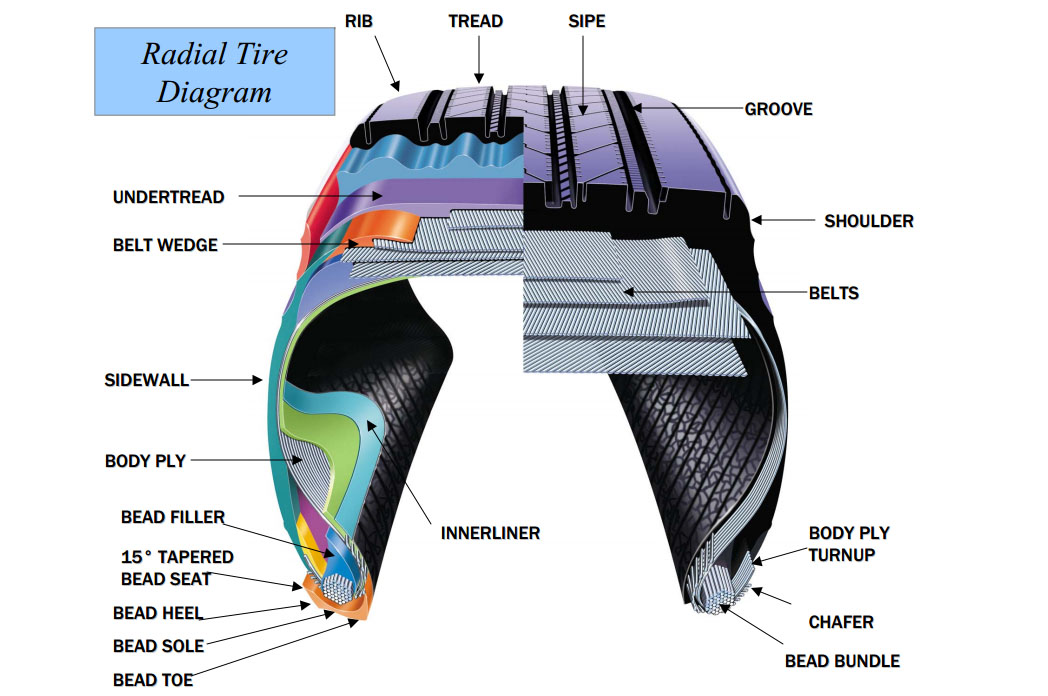January 31, 2011 01:00 AM
Something quite notable happened last October: My Mom turned 100 on Oct. 10!
She's quite proud of that fact and likes to tell everyone about it. Healthwise, she's in great shape. She still gets around on her own, although she moves rather slowly and uses a walker to maintain her balance.
But she is sharp as a tack—which means I can't sneak anything by her—and she looks great. Most people think she is about 85 years old. I believe that's why she tells everyone she meets how old she is and what her birth date is.
And she loves to be carded. Not that she goes to many bars anymore, but she still travels on airplanes and enjoys showing her identification card (she no longer has a driver's license) to the airline agent and TSA inspectors at airport security. It normally takes her several minutes to find this card in her purse, but eventually she does come up with it.
Usually everyone marvels at her, but they still make her take off her shoes, shuffle through the metal detector, wand her walker and search her purse like she's some kind of slow, terrorist threat. Maybe it would be so much easier and faster if she just had her name and birthday tattooed on her forehead!
Like my Mom, commercial truck and bus tires need to have certain information molded into or branded on them to make managing these tires a lot easier for commercial tire dealerships and trucking fleets.
DOT marks the spot
The only required marking for retreaded tires is the retreader's Department of Transportation (DOT) code that identifies the plant that applied the most recent retread. This marking is applied to the lower sidewall of the casing, close to the original tire DOT identification code.
There is no federal requirement to keep the previous retread codes or even the original DOT code on the tire if the last retread code is visible. However, it is a common practice to leave all of the original and retread DOT codes on the tire for warranty purposes and for determining the number of times a tire has been retreaded.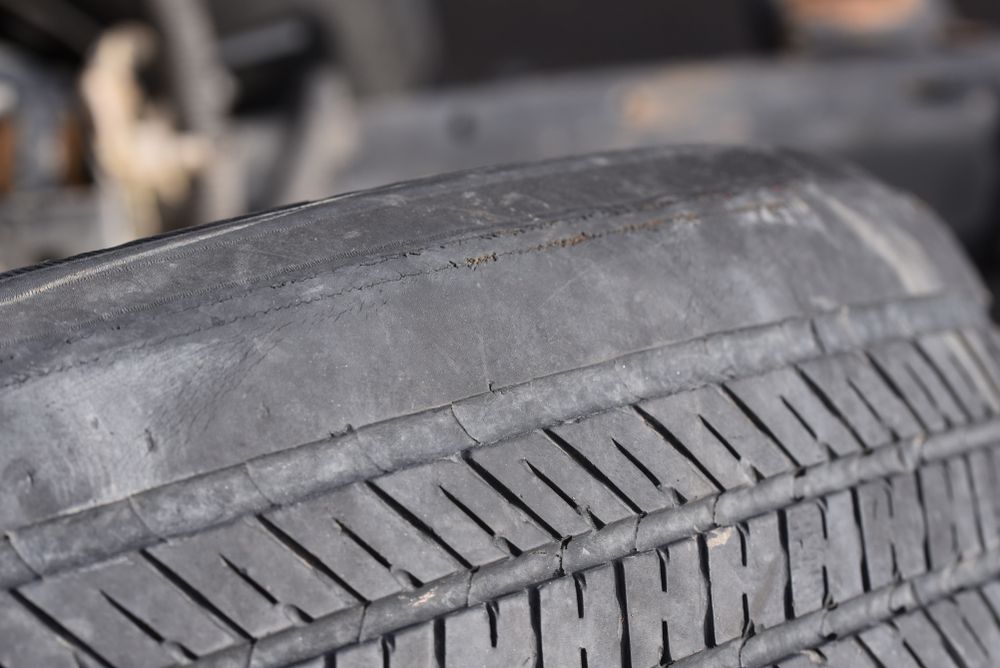
It used to be that retreaders applied their DOT codes by installing a glob of cushion gum to the sidewall embedded with an aluminum tin that contained the plant code. Once cured, the aluminum tin was removed and the plant code remained molded into the cured cushion gum. This identification method could easily be scuffed off or removed, so these days most retreaders brand their DOT codes in the sidewall to ensure this information remains available for the life of the tire.
Recently, the American Trucking Associations' Technology & Maintenance Council (TMC) created a Recommended Practice (RP) recognizing that there are many opportunities during the retread and/or repair process to add useful information to the outside of a tire with a branding iron and on the inside of the tire with a permanent pen. That would provide useful information to help those who have an interest in the tire—such as the owner, the retreader, original tire manufacturer, etc.
This Recommended Practice, RP248 Guidelines for Tire Casing Data Marking in the Retread and/or Repair Process, makes four recommendations for tire markings.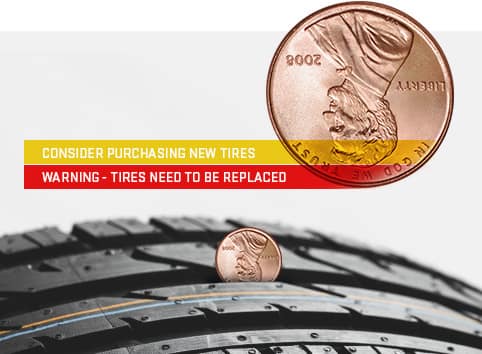 Some of these recommendations may be incorporated in future DOT regulations, while others will remain optional for the fleet owner and/or retreaders and tire repairers. Regardless, they are all good recommendations to follow.
Some of these recommendations may be incorporated in future DOT regulations, while others will remain optional for the fleet owner and/or retreaders and tire repairers. Regardless, they are all good recommendations to follow.
The recommendations
The first one recommends that all retread DOT codes be considered permanent and should not be removed by the owners and/or subsequent casing processors. They should be applied using a branding iron, laser cut or other device that will permanently mark the codes on or in the tire sidewall so that they would be difficult to remove and would leave obvious tell-tale marks if they were.
The second recommendation is that all repairs made by a full-service retreader should be identified with the facility's DOT code with a permanent pen. Many retreaders have been doing this for years, but not all. This recommended practice encourages fleets to require that all repairs be identified. It also exhorts tire repair providers that are not full- service retread shops to obtain and use DOT codes provided by the federal government to identify themselves as the supplier of the repairs.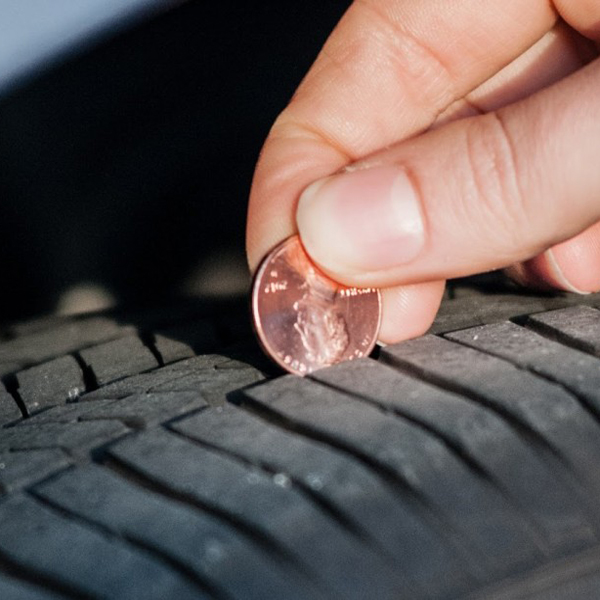
The third recommendation is a relatively new idea that could really help fleets manage their tires better and save them money as well. There are many times that a tire is retreaded but the retread has a very short life. These instances can include when a tire has to be rerun because of a manufacturing problem in the retread process or a retreaded tire is severely brake-skidded a short distance after it is installed on a vehicle.
In these cases—where no more than 1/32nd-inch of tread has been worn off the undamaged part of the tread—the retread DOT code that is applied to the replacement retread should indicate that a full tread life was not run by that casing.
To identify shortened tread life, it is recommended that the retreader brand the letters PRO (an abbreviation for Premature Retread Occurrence) next to the new retread DOT code brand. That way, when someone inspects the tire in an effort to determine the number of lives (retreadings) it has run, the PRO brand next to a retread DOT code will indicate that that specific retread DOT code should not be counted as a retread for customer casing specification or market value purposes.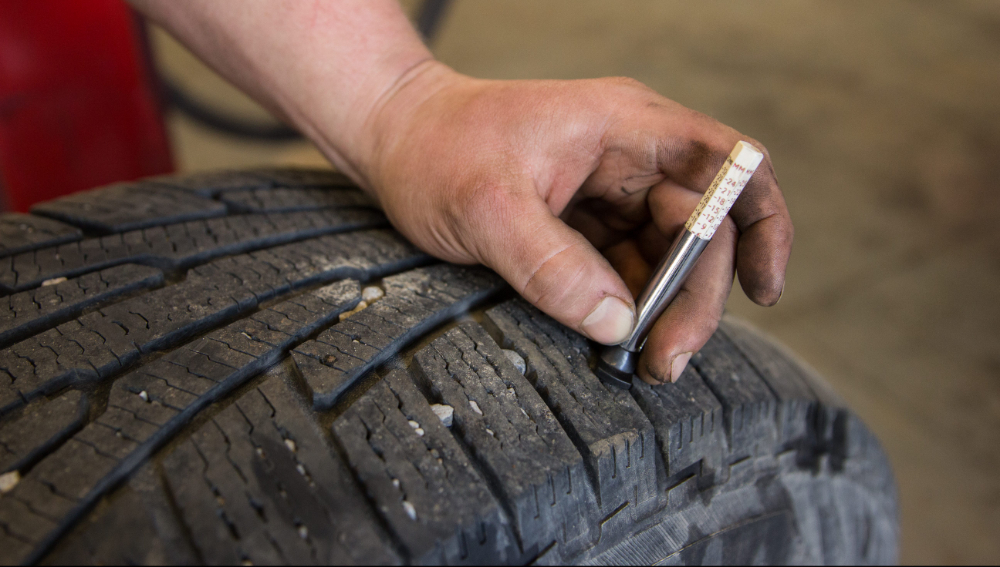
The PRO brand should be located as close as possible to the original tire DOT code and it should be followed with the retread DOT code brand, or the retread DOT code brand can be placed below it.
The last recommendation can be a little contentious, and you may want to discuss this with your commercial fleet accounts. Every commercial tire user generates casings that are still serviceable and not ready for the scrap pile but may have either had a hard life or run a zillion miles.
These tires will run fine in limited service applications such as on yard horses, in local pick-up and delivery operations, etc., but are not what you want on vehicles hauling 80,000 pounds and traveling 70 mph down the highway.
These tires can be retreaded with treads designed for multiple service applications. It is recommended that the retreader brand “URBAN USE ONLY” or “LOCAL USE ONLY” or “YARD USE ONLY,” for example, next to the retread DOT code applied to the tire's sidewall to indicate the tire is limited to the service designated.
If the customer has other specific wording it prefers to identify its restrictive operations, that wording may be branded into the tire.
The brand should be placed immediately above the retread DOT code and as close as possible to the original tire DOT number. This brand downgrades the casing regardless of the tread applied.
All these new markings are the equivalent of tattooing my mother's name and birthday on her forehead. They readily provide all of the tire's history at a glance, including the dates it was produced, retreaded and an accurate disclosure of the number of times it was retreaded.
There's no guessing about the number of lives a tire has run if it looks old due to a hard life, or young due to the tender loving care/good maintenance it received. By designating any use restrictions on the sidewall, everyone knows to run out the tire in an environment for which it is best suited.
I'll tell you it is a whole lot easier to manage tires with this information than it is my mother.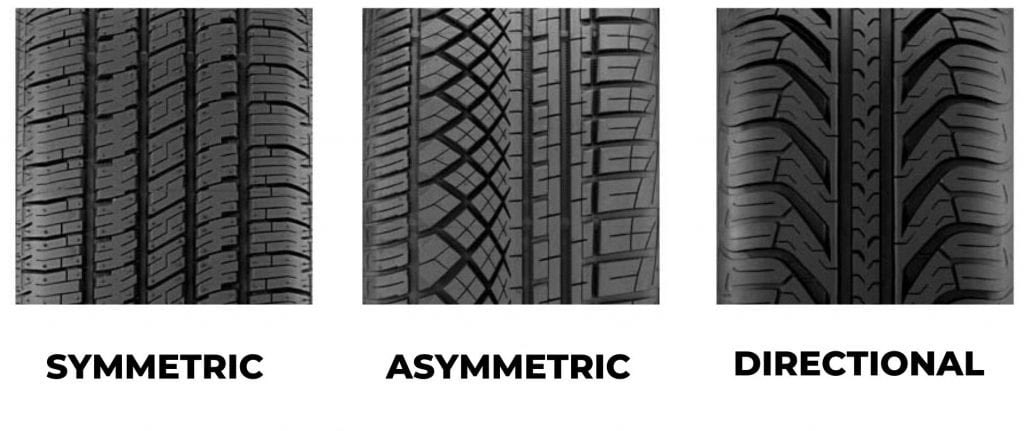 Mom is still designating the environment for which she is best suited—not a nursing home—and believe me, that doesn't have to be tattooed on her forehead!
Mom is still designating the environment for which she is best suited—not a nursing home—and believe me, that doesn't have to be tattooed on her forehead!
Replacing old tires with retreaded tires is a good way to be economical and environmentally friendly. If the car tires remain intact in addition to normal wear and tear, they can be refurbished and used. This is also the best way to extend the life of the tire. The refurbishment process cannot be carried out in an ordinary auto repair shop, it requires special skills and expensive special equipment. In addition, refurbishment services are most suitable for large companies that need to consume a lot of tires, such as trucks, buses, taxis, and airplanes.
The retreaded tire once had a polished tread, and a new layer of tread will be vulcanized on top of it.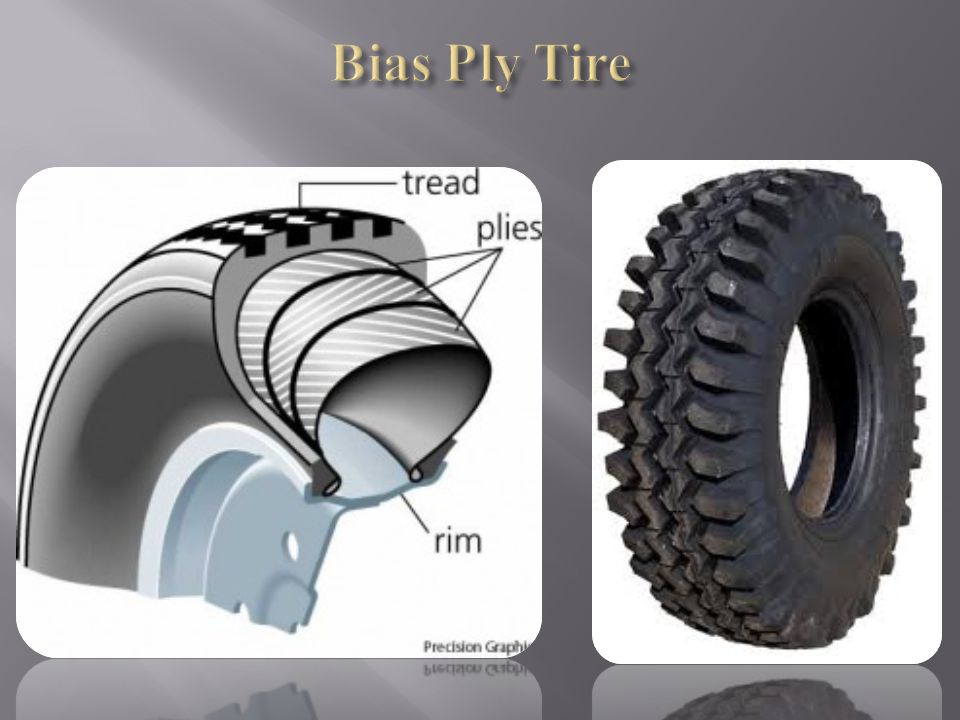 This is a waste utilization method that prolongs the service life of auto tires. Although most retreaded tires are safe, it is still necessary to understand the difference between new and retreaded tires.
This is a waste utilization method that prolongs the service life of auto tires. Although most retreaded tires are safe, it is still necessary to understand the difference between new and retreaded tires.
1. Check the "bias", "bias belted", or similar signs on the sidewall of the car tire. The laws of most countries require retread tires to be marked with this symbol to let consumers know what type of product they are buying.
2. Check the retreaded tires on large vehicles, such as trucks, trailers, etc. Retreaded tires are most commonly used on heavy vehicles that do not require long-distance driving. In fact, private cars rarely use retreaded tires. Observe the texture and density of the sidewall. The texture of the retreaded tire is blurry. In addition, darker tread or rough hand feel can be used as identification criteria.
3. Check the wrinkles on the sidewall. The retreaded car tires are vulcanized with a new layer of rubber on the original tread, so there will always be some marks.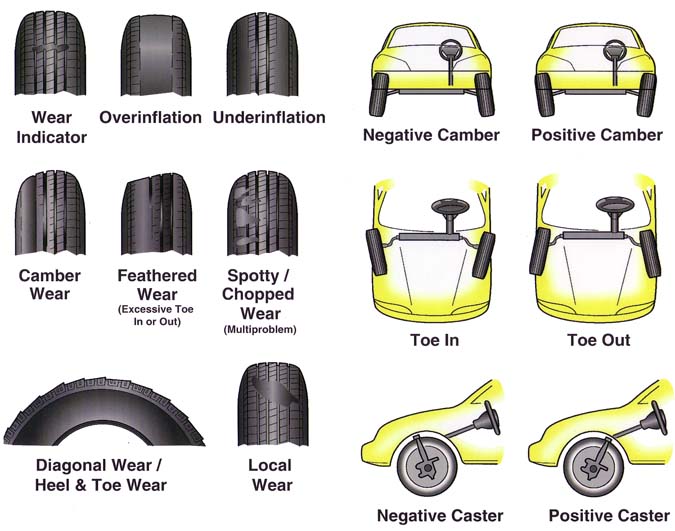
4. The price factor. The price of retreaded tires is usually equivalent to 25-50% of new tires.
5. Check if there are any traces of polishing. Retreading car tires usually requires removing a portion of the original tread. If you check carefully, you will always see some traces of processing.
6. Check the adhesive on the car tires. Most tires use special vulcanized rubber to paste a new layer of tread on the original tread. Tire quality not only affects the formation of comfort, but also important for safety. Therefore, if you plan to buy retreaded tires, it is best to hand them to a reputable car tyres company.
Autogreen has world-class equipment, industry 4.0 factories, balanced rubber compounds, unique pattern designs and the best engineers. Autogreen car tires can maintain the best traction performance under various conditions. The tire series covers summer, all-season and winter tires. We also provide run-flat tires to allow you to move forward safely.
Related Products
Winter-max A1-WL5
Related News
All Season Tires and All Weather Tires
Why Are Car Tires Black?
How to Extend the Service Life of Tires?
In one of the previous articles, we talked about how to properly dispose of car tires. This is indeed a very serious problem, because the number of discarded but not properly disposed of tires in Russia is measured in millions of tons. Another opportunity to reduce environmental damage is the retreading of used tires.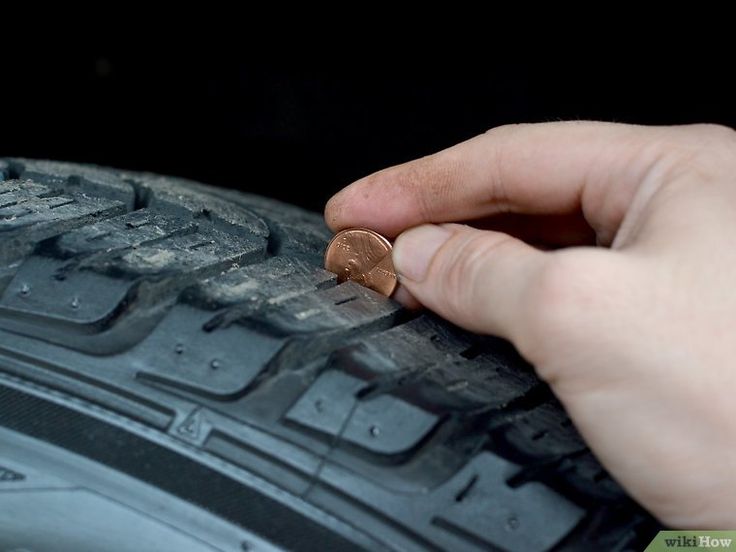
The idea of extending the life of car tires dates back to the last century. Always and at all times, zealous car owners wanted more resource from tires. The most widespread are two technologies - the replacement of the tread tape and the so-called recutting of the tread (regruving). Those who remember the times of the USSR are probably familiar with the latest technology - during the years of total shortage it was a popular way to extend the life of tires, including cars. Of course, this happened with varying success - for example, retreaded tires could explode while driving due to the destruction of the cord.
The second technology is the so-called welding, that is, the replacement of the tread tape with a new one, using a cold or hot method. Currently, this is the most popular method of tire retreading, which, however, has a number of limitations. Let's look at each technology in turn.
To begin with, the most important thing. Car tire carcasses are not designed to be reused, so they cannot be restored in any way! Everything that will be said about retreading applies only to "commercial" tires for trucks, construction equipment and buses. These tires have a strong all-metal carcass that can withstand much more than the tread, as well as a special design designed for two to three times recovery.
Car tire carcasses are not designed to be reused, so they cannot be restored in any way! Everything that will be said about retreading applies only to "commercial" tires for trucks, construction equipment and buses. These tires have a strong all-metal carcass that can withstand much more than the tread, as well as a special design designed for two to three times recovery.
First, let's talk about regrooving the tread, or, as it is also called, regrowing. This is a procedure for deepening the tread with a hand-held cutting tool. Of course, this can not be done with any tires, but only with those that have the Regroovable marking.
Image: Yokohama
In such cases, the design of the tire implies an additional layer of rubber at the base of the tread, which allows you to deepen the pattern by about 3 millimeters, thereby “winning” another 35-40 thousand mileage. The optimal moment for recovery is tread wear up to 3 mm.
Image: Michelin
This retreading method is considered to be the most inexpensive - spending only 3-5% of the cost of a new tire on regrooving, you can get another 20-30% of the original resource.
Regrowing also has disadvantages. The success of the operation depends entirely on the quality of the framework and the skill of the specialist performing the recutting. Some tire brands allow multiple regrooving for certain models, but after that, the tread must still be replaced. In addition, in a number of countries, the installation of "undercut" tires on the front axles of buses is prohibited at the legislative level.
Retreading, or changing the tread band, is the most common way to retread truck tires, allowing them to recover at least 50-60% of their original life. Retreaded tires are widely used in all world markets, for example, in Europe they account for more than half of total sales.
Given the high quality of the tire carcass, welding can be performed repeatedly, increasing the tire life up to 450-500 thousand kilometers. Hardfacing can be cold or hot. Let's analyze the differences between these technologies.
When retreading car tires in small factories, the cold method is most often used.
It looks like this. The worn tire is placed in a special machine, where the tread layer is removed from it with a cutter. The breaker layer is carefully inspected for defects, which are repaired using pneumatic tools. The next stage is extrusion, in which the breaker is covered with a layer of raw rubber covering all defects. After that - another layer of raw rubber.
Images: Nokian Tires
Next, the tread tape is applied to the tire. As a rule, all major tire manufacturers produce such tapes, for example, Nokian Tires calls such treads Noktop and E-Tread. An interesting feature of the Noktop tread is the two-layer structure. A softer top layer provides improved traction in winter. By spring, it wears off, revealing a more rigid tread, optimal for use at positive temperatures.
Image: Nokian Tires
The assembled tire is placed in a so-called envelope, from which the air is evacuated. Next, the tires are placed in an autoclave, where, at a pressure of about 4 atmospheres at a temperature of 110 degrees Celsius, the vulcanization process takes place. As a result, the tread is tightly connected to the tire carcass.
As a result, the tread is tightly connected to the tire carcass.
The second technology - hot vulcanization - is distinguished by the highest quality of recovery, but due to its high cost and energy consumption, it is used only in large-scale industries.
Image: GoodYear
Hot welding is performed at 180 degrees Celsius and its main difference from the cold process is that a large layer of raw rubber (including sidewalls) is applied to the prepared carcass and then vulcanized with a press -shape on the tire is formed tread pattern - just like when creating a new tire.
For example, GoodYear has this technology called TreadMax or Next Tread. Technology means not only the tape itself, but also special equipment complete with technological maps.
Hot retread tires are more expensive than cold retread tyres, but their quality and service life are higher.
Modern technologies really make it possible to provide high-quality and even repeated retreading of truck and commercial car tires.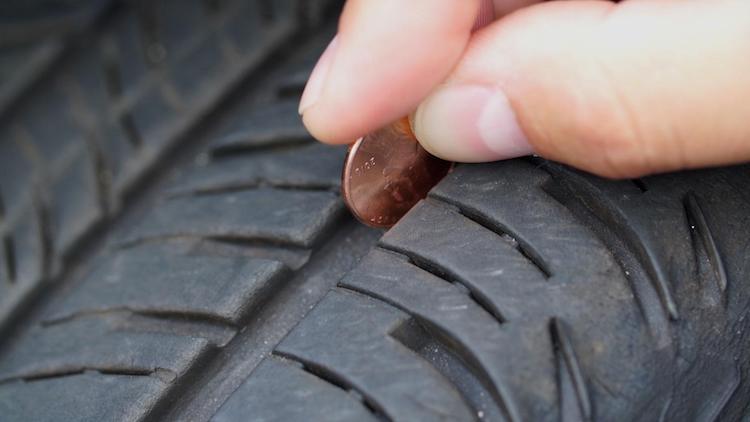 But restoration is different for restoration - an artisanal procedure performed in violation of technology can lead to the separation of the tread tape and the destruction of the tire carcass while driving.
But restoration is different for restoration - an artisanal procedure performed in violation of technology can lead to the separation of the tread tape and the destruction of the tire carcass while driving.
That's why, when choosing retreaded tires, contact only certified suppliers who work according to official factory technology and comply with all necessary quality standards. Buying “nameless” retread tires can be too expensive!
In most of the most developed countries, there are companies that successfully prosper and provide a range of services for the restoration of worn-out car tires.
Even the world-famous high quality tire manufacturers also have subsidiaries specialized in the decent retreading of worn tires. Thus, tires that are retreaded are returning to store shelves and are very worthy options for economical drivers, tempting them with their affordable price, which is very different from the price of similar car tires.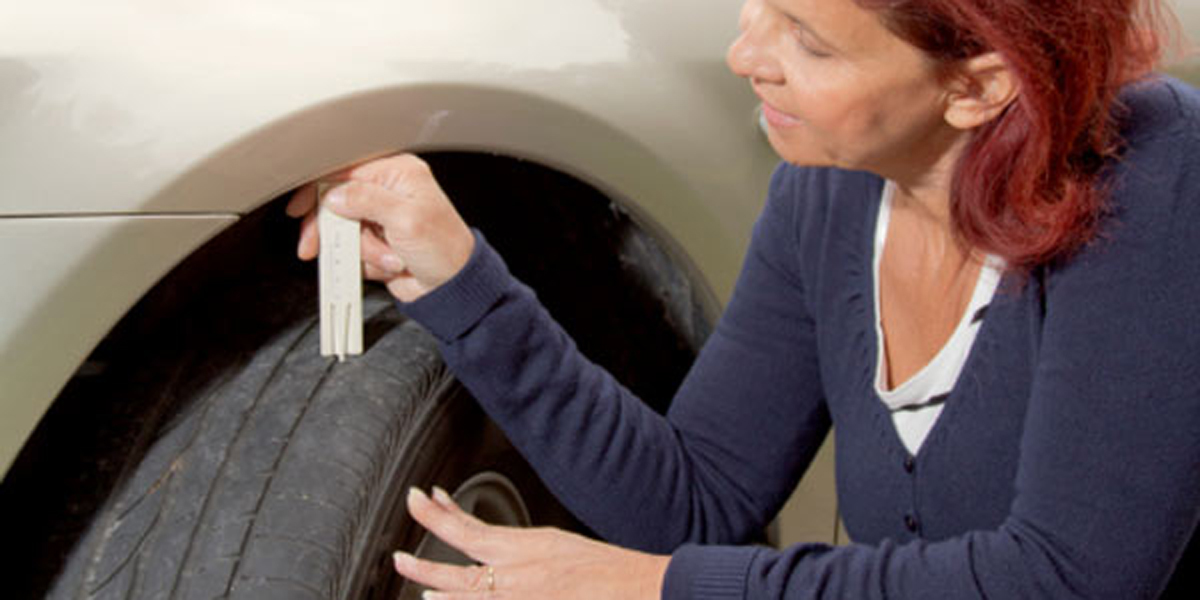 But the following question involuntarily arises - is it safe to “shoe” your car in such tires?
But the following question involuntarily arises - is it safe to “shoe” your car in such tires?
Content
Recently, governments have been trying to optimize the waste from automotive production as much as possible, so recyclable materials are utilized as much as possible to further save money and protect the environment. The new life of tires that have worked out their potential saves half of the total costs, and this, you see, is a significant amount. Automobile tires are restored by two main methods:
• Enlargement of the tread grooves with further creation of its pattern.
• Hot and cold retreading by adding new tread.
In the first method, the used tire is carefully cleaned and, according to the original tread pattern, is further deepened into the rubber layer, which naturally leads to its reduction. This method can not always be called safe, because the behavior of such tires on the roadway is simply unpredictable. The second method provides two ways to develop further recovery of automobile tires:
• Cold build-up consists of gluing a new layer of rubber ring over the existing tread.
• Hot build-up involves applying an additional layer of rubber through vulcanization.
Repaired tires serve almost identically, but with the first method, you can reanimate the tire several times, but the second is less prone to marriage.
Unfortunately, not all tires can be restored. Here you need to take into account the condition of their frames.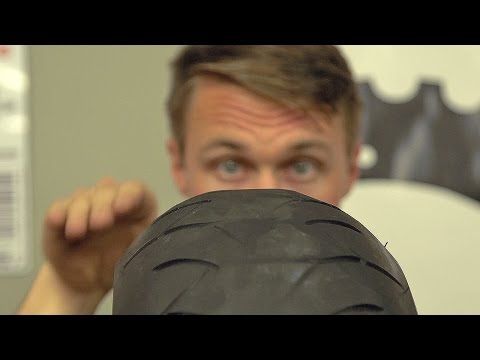 Therefore, tires initially undergo diagnostics, during which all damages received during operation are analyzed. The inner and sides of the tire, its beads and crowns should be as intact as possible, since this is the key to further exploitation.
Therefore, tires initially undergo diagnostics, during which all damages received during operation are analyzed. The inner and sides of the tire, its beads and crowns should be as intact as possible, since this is the key to further exploitation.
The second step is to remove the worn tread. The tire is placed in a special apparatus, where it is inflated with air, and the upper rubber layer is removed from it. The third stage is called roughening. On it, you can determine which wheels are badly worn, and weed them out. Tires that can be resuscitated eliminate minor flaws, in particular, cuts and punctures.
Restoring a rubber tread requires some skill. The new stackable rubber ring is covered with liquid rubber, which allows you to reliably and efficiently remove old damage, ensuring tight contact between the tread and the carcass. The wheel is primed with a manual extruder, then a tread with a specific pattern is applied. The rubber layer is cut around the circumference of the wheel on a fully inflated tire.
On special equipment, the tire is folded like an envelope and put on the rim and tube. Further, the restored tire is subject to vulcanization in an automated autoclave, where the tread ring is securely fastened, merging with the carcass together. The rim and chamber are then dismantled. Further, the restored tire is re-diagnosed and equipped with a warranty card. Some car services give a guarantee for 100,000 km.
If you need to add studs to your tires, use the tire studding service and feel safe and comfortable on the road. Indeed, with an insufficient number of spikes, the road can be dangerous.
This method is similar to the previous one in several points:
1. Primary diagnosis.
2. Sherokhovka.
3. Basic repair.
4. Applying a new layer of rubber.
But, despite this, these processes for the restoration of car tires vary significantly.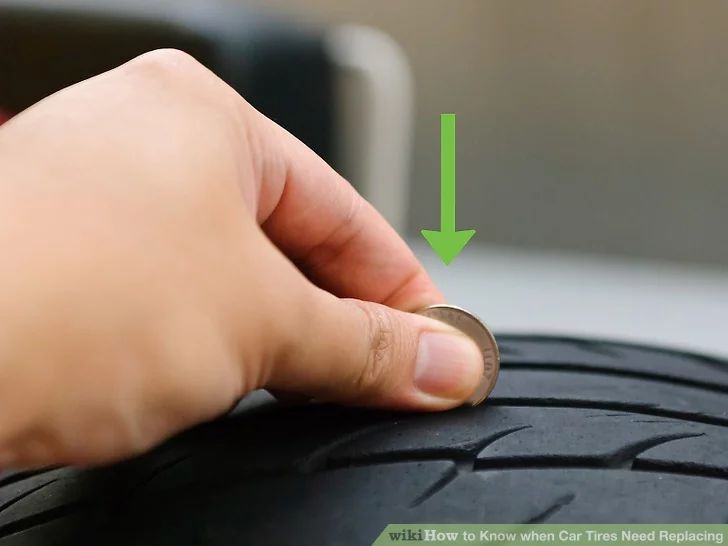 Using the previous method, it is possible to reanimate large-diameter car tires: tires for SUVs, trucks and large vehicles.
Using the previous method, it is possible to reanimate large-diameter car tires: tires for SUVs, trucks and large vehicles.
The hot method is carried out as follows: a simple rubber layer that has not vulcanized is applied to the worn tire. Next, the protector is applied at the time of vulcanization. The new tread pattern is applied to molds that work under high pressure and at a temperature of 140°C. Now this method is used very rarely, but it is optimal for cars and minibuses with tire sizes R13–R16.
If you come across quality tires, then on the sidewall of the retreaded rubber you will see a special marker that indicates that the wheel has been given a second life. As a rule, it looks like the inscription Retread, Remould or Regummerat, depending on which version is English, American or German. If the restoration took place in Ukraine, then it will be possible to see the familiar word - "Vidnovlena".
You can also find other distinctive properties of tires that were subject to restoration. So, for example, a special mesh of microcracks on the sidewall of the tire, which was not touched by the restoration process. Rubber clots on the inside, which indicate the repair or elimination of a tire puncture. Be that as it may, a retreaded tire can be distinguished from a new one, the main thing is to carefully inspect the goods.
If you are faced with the choice of purchasing new or retreaded tires, you should be aware of the risks associated with previously used tires. As you already know, there are several ways to restore car tires. A lot of money is spent on such a procedure, since specialized equipment, trained personnel and high-quality restorative materials, preferably Ukrainian-made, are needed. It is not at all a secret that many motorists are more focused on products that are imported from abroad. After all, a worn tire, repaired by our materials, acquires questionable quality and reliability. But using foreign consumables is quite expensive.
But using foreign consumables is quite expensive.
It is allowed to retread passenger tires only with slight wear, but practice shows that this is simply impossible, and only units with good external data are subject to retreading. It is not always possible to balance a wheel with a retreaded tire, and this is a significant drawback.
So, if this technology has so many negative sides, then why is it used? Everything is actually not as sad as it might seem at first glance. A car with high mileage, knurled in a short time period, will be great to drive on reanimated tires. Intelligent craftsmen are able to quickly, efficiently and reliably restore such tires with the appropriate equipment. Remanufactured winter tires can save you a lot of money. Specialists can do the following:
1. Repair the cord with new threads.
2. Repair microcracks by heat sealing.
3. The most worn areas will be augmented by rolling or ultrasound.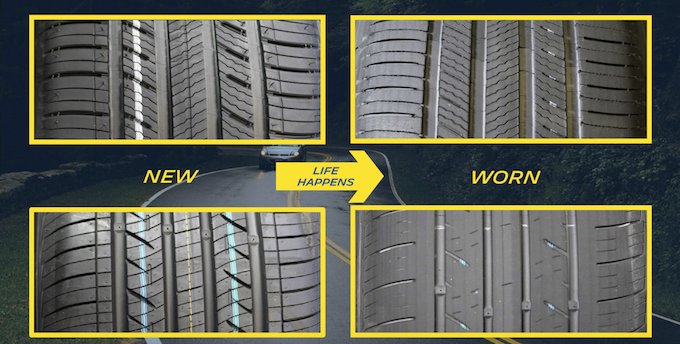
4. The new layer on the tire will be glued so that the tire will look like new.
Subscribe to our feeds in social networks such as Facebook, Vkontakte, Instagram, Pinterest, Yandex Zen, Twitter and Telegram: all the most interesting automotive events collected in one place.
It is absolutely clear that the quality of welded tires can vary significantly. It's one thing when the restoration work is done by the manufacturer, it's another thing if "amateurs" did it. The easiest way to distinguish restored rubber is by the sidewall, which is usually not restored, and therefore scuffs and microcracks are noticeable on it. As for the branded welding, here the companies put the corresponding inscriptions on the product:
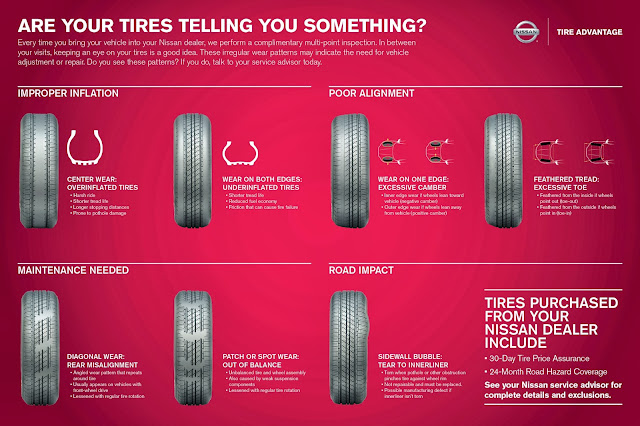
If there is no such marker on the surface of the wheel, this means that the rubber could be restored anywhere. Therefore, it is better to refrain from such an acquisition. The difference in the cost of a retreaded and a new tire of the same model and manufacturer ranges from 30 to 70 percent. At the same time, everyone who wants to save money should be aware that it will not be possible to achieve the initial characteristics of rubber by reconstructing the tread part. In addition, the use of tires from different manufacturers, albeit of the same size and with the same welded tread, leads to a decrease in directional stability and controllability.
If the car owner is faced with the choice of buying new or retreaded tires, he must be aware of all the risks that previously used tires are exposed to. As mentioned above, there are several methods for restoring automotive rubber. A lot of money is spent on such an event, since specialized equipment, high-quality restoration materials and trained personnel are needed.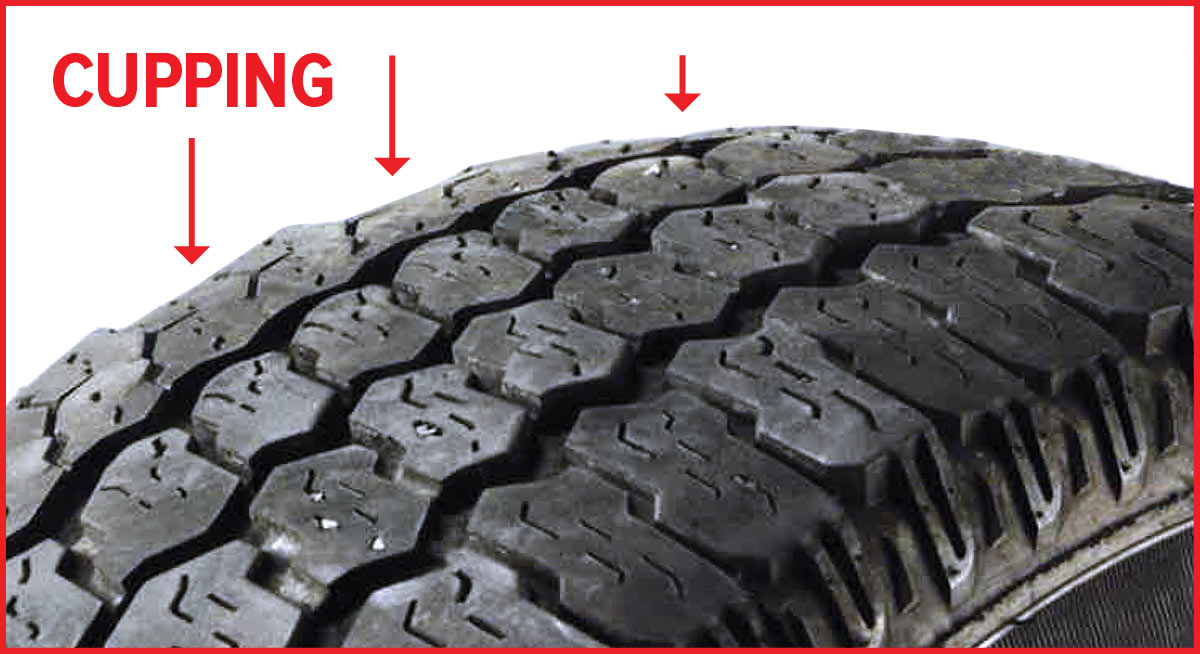
It's no secret that most motorists are more focused on products imported from abroad, because a worn tire repaired with our materials receives questionable reliability and quality. However, the use of foreign consumables is quite expensive.
Restoring light tires is allowed only with slight wear, however, as practice shows, this is simply impossible, and only units with optimal external data are subject to restoration. In addition, it is not always possible to balance wheels with retreaded tires, and this is a significant drawback.
To begin with, it should be clear that retreaded tires are tires whose worn out tread part has been welded on with a new layer.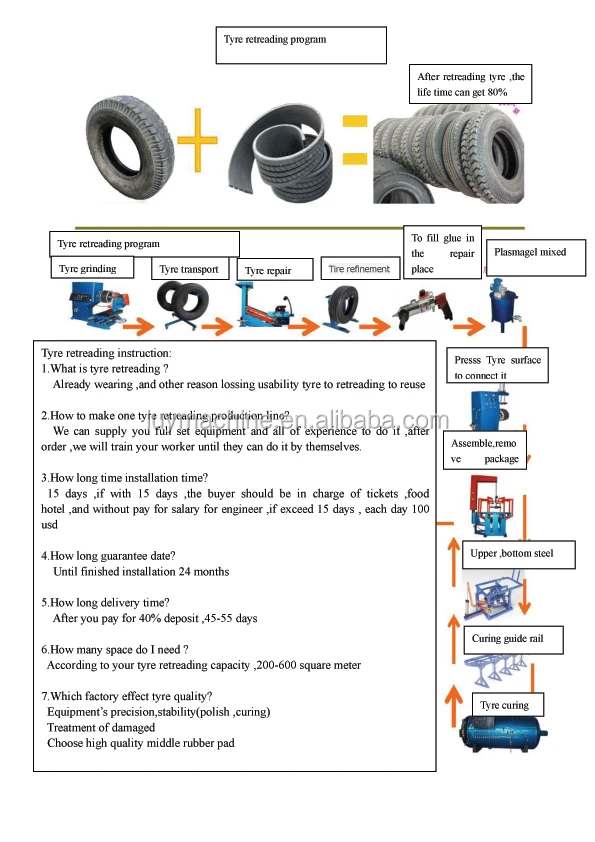 We note right away that only the top layer of the tread is restored in this way, while tires with worn-out sidewalls are not suitable for such restoration in 90%! cases.
We note right away that only the top layer of the tread is restored in this way, while tires with worn-out sidewalls are not suitable for such restoration in 90%! cases.
During welding, the tread pattern changes, but the changes do not affect the belt, carcass, or other load-bearing elements of the tire structure. In fact, this is a redecoration of a tire, in which similar protectors can be welded onto products of any manufacturer. At the same time, no one guarantees a complete coincidence of the obtained characteristics in two, outwardly identical, retreaded tires. Therefore, installing them on one axle, there is a risk that, in addition to reduced (compared to new tires) characteristics, welded tires will most likely have different weight and stiffness, as well as other parameters, for example, temperature operation.
Properly retreaded tires can last as long as new tyres, manufacturers say, and some auto repair shops offer a 100,000-kilometer warranty on their retreaded tires.